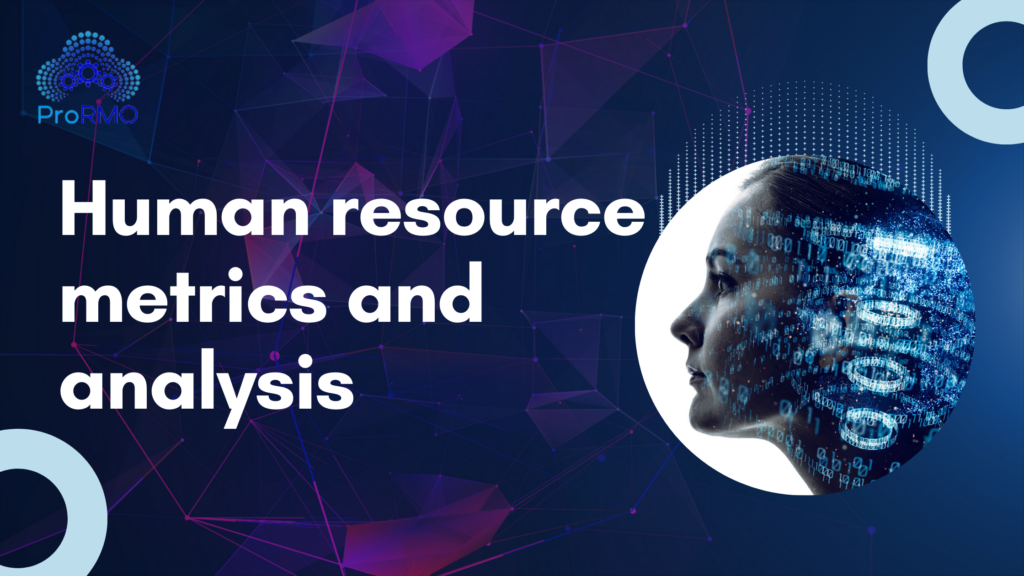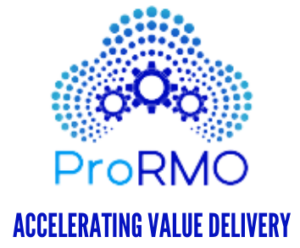
Human resource metrics are the key points that helps an organization to track human capital, human resource management turnover, and the effective scale of the organization’s strategies and innovation with respect to human resources.
HR metrics consists of the following aspects –
Recruitment
- Head count : Head count refers to the number of employees not only overall in the company but keeping a record of number of employees in each department, each location and how altering that number affects the organization and its profits.
- Demographics : The characteristics of the employees of the company including age groups, gender, diversity.
- Time to Hire: The average number of days between when a job is posted and when a candidate accepts the offer.
- Acceptance Rate: The number of offer letters the organization extends divided by the number of candidates who accept an offer.
- Cost per Hire: The average cost of hiring a new employee.
- Time to Productivity: The time it takes for new hires to become acclimated at the organization and start working at full productivity.
- New-Hire Turnover: The number of new hires who leave within a set period of time, such as within their first year of employment.
Engagement
- Employee Satisfaction: The number of employees who would recommend the company as a good place to work versus the number of employees who wouldn’t, indicating overall employees satisfaction.
- Retention Rate: The opposite of turnover rate is called retention rate, in that we divide the number of employees who remained in the organization over a given period by the number of total employees.
Time Tracking
- Absence Rate: The average number of days employees are absent in a given time period
- Overtime Hours: The number of overtime hours worked by employees in a given time period.
Employee Performance
- Revenue per Employee: The total amount of revenue divided by the total number of employees.
- Employee Performance: Employee performance tracking through self-assessments, peer reviews, manager assessments, or a combination of all three.
To measure employee performance a nine grid matrix, which is self explanatory, is used by talent management teams to understand the performance as follows :

The boxes represent the following –
1A – High performance high potential
1B – High performance moderate potential
1C – High performance limited potential
2A – Good performance high potential
2B – Good performance moderate potential
2C – Good performance limited potential
3A – Poor performance, high potential
3B- Poor performance moderate potential
3C- Poor performance limited potential
Training and development
- Training Expenses per Employee: The total cost of organization’s training courses and programs divided by the total number of employees.
- Training Completion Rate: The number of employees who completed a given training divided by the total number of employees, then multiplied by 100 to get a percentage.
HR Services and its software
- Ratio of HR Professionals to Employees: The number of employees in organization per HR professional on the team.
- Cost of HR per Employee: The total amount the organization spends on HR functions divided by the total number of employees.
- HR Software Employee Participation Rate: The number of employees who actively use HR software divided by the total number of employees, multiplied by 100 to get a percentage.
Quality of hire
Caliber of new talent which is determined by performance indicators and check the collaborative nature of the employment
Employee engagement index
Measures the employee’s engagement in work. To do this there exists a score called Employee Net Promoter Score is utilised which measures the difference between ‘promoters’ and ‘ detractors’.
Promoters are the one who recommend the organization as an employer and detractors are the one who do not recommend the organization as an employer.
Now all these metrics exist but the awareness of how important they are is not explored by many yet as a myth passes on regarding it is not effective but rather just a ‘fancy’ task to increase the cost of human resources unnecessarily. So let us have a look at the benefits and need of HR metrics and bust some myths eventually.
- HR metrics impacts strategy of organization –The simple explanation of this is ‘what gets measured is what gets improved’.
- Want in the executives for HR reports – The HR reports are very much in demand by high professional executives of the organization as it helps them to gain an understanding of its existing work force capabilities, cost turnovers, gaps existing and hence they can take necessary actions.
And surveys and resources have shown that there are many organizations having employee and executive dissatisfaction and resentment towards HR initiatives and reports not being provided to them. They dislike the fact that they spend a considerable amount of time on administrative activities but are not informed of the results.
Statistics also show that as following –

The advantages that HR analytics and metrics gives an organization are –
Employee Engagement – As more businesses realise the impact engaged employees have on their bottom line, employee engagement has become a highly essential HR indicator for enterprises today. Measuring employee engagement allows companies to see how involved their employees are in various projects, as well as aligning employers and employees with the company’s vision. The benefit of this new HR metric is improved retention and reduced turnover rates.
Performance and prediction of outcomes – One of the numerous advantages of HR analytics nowadays is the ability to hire people based on their ability to contribute to the company rather than their educational background. Many businesses have realised that having a degree does not always imply that an applicant is a better fit for an open position, and that experience is often far more significant. Companies can now assure that they are employing the best personnel to fill any open roles, based on their performance rather than their educational background alone, thanks to the advancement of HR analytics.
Diversity – This is a new and important aspect that HR metrics bring in. Despite the fact that our world is getting increasingly diverse, many firms are having difficulty hiring diverse people. Organizations may now enhance their diversity hire rate and reap the benefits of HR analytics that diversity hires offer to a firm thanks to the evolution of HR analytics. The evolution of HR analytics is still ongoing, but it continues to improve HR processes at all types of organisations. From being able to gather data but not do much with it to being able to determine the likelihood of an employee staying with your company for an extended period of time, the evolution of HR analytics is still an ongoing process.

Leave a Reply